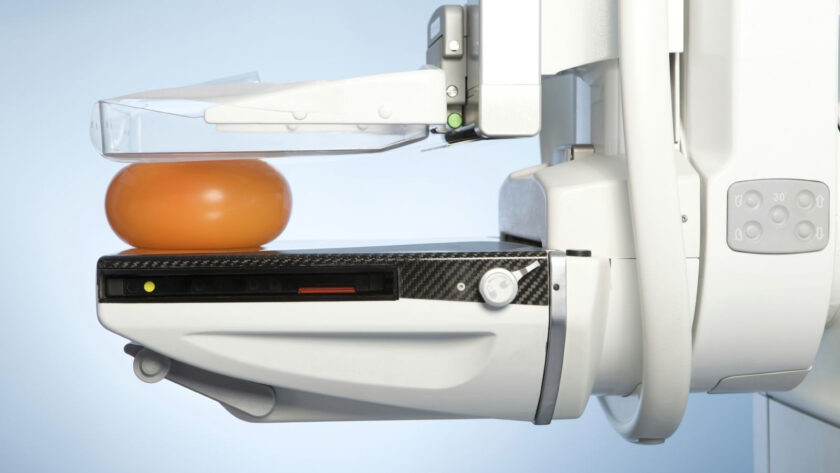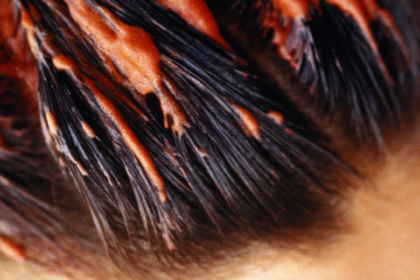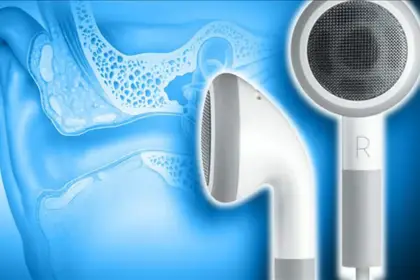Update: This post has been fact checked by PolitiFact.com, mammograms are one of the options but there are others. Mammograms themselves do not cause breast cancer but could change the risk.
For years, mammograms have been hailed as the gold standard for breast cancer screening, with women being encouraged to undergo regular screenings to detect potential signs of the disease. However, recent research has shed light on the potential risks and limitations associated with mammograms, urging women to reconsider their approach to breast cancer detection.
In this article, we will explore why mammograms are deemed outdated, expensive and may not be as effective as we once thought, and introduce a safer alternative that can effectively test for breast cancer. It’s time to question the status quo and make informed decisions about our health.
Breast cancer screening has long been promoted as a crucial and virtually harmless procedure that saves women from early death. However, the reality is far from this idealized image.
A study published in the British Medical Journal revealed that breast cancer screening can actually cause harm to women, primarily due to the surgeries that may follow, such as lumpectomies and mastectomies. This raises concerns about the true benefits of routine screenings.
Another study, published in The Lancet Oncology found that women who underwent frequent breast screenings had a higher incidence of invasive breast cancer over the following six years compared to a control group that received fewer screenings. This unexpected result challenges the belief that more screenings automatically lead to better outcomes.
Mammography, the most common method of breast screening, employs X-rays to detect signs of breast cancer. X-rays emit radiation, which is known to carry risks. In fact, the radiation exposure from mammograms is significantly higher than that from a standard chest X-ray. This is not a ideal.
To mitigate this danger, technicians are required to leave the room before taking X-rays. Dr. Samuel Epstein, a renowned cancer expert, has warned that the premenopausal breast is highly sensitive to radiation, with each exposure increasing the risk of breast cancer by approximately 1 percent. Over a decade of screening, this can lead to a cumulative 10 percent increased risk for each breast.
Mammograms Can Produce False Positives
False positives are another concerning aspect of breast cancer screenings. Mammograms have been found to have an alarmingly high false positive rate, often indicating the presence of cancer where there is none.
Several studies have demonstrated that 50 percent of women who undergo annual mammograms for ten years will receive at least one false finding. This leads to unnecessary and aggressive procedures such as biopsies, radiation, chemotherapy, and even mastectomies, causing physical and emotional distress.
What Are The Alternatives
Thermography
Thermography uses an infrared camera to detect heat emissions from the targeted body region. Digital infrared thermal imaging is the thermography used to diagnose breast cancer.
This method shows high accuracy and is a cost-effective form of diagnosis. The concept behind this test is that as cancer cells multiply, they need more oxygen-rich blood for growth.
As there is an increase in blood flow to the tumor, the temperature around the tumor also increases. Malignant cells discharge nitric oxide into the bloodstream and cause impairment in the microcirculation.
This released nitric oxide, along with the active growth of the cancerous cells, increases blood circulation and temperature in that particular region. Therefore, evaluating these differences in temperature leads to the detection of the malignant region in the breast
It has shown promising results in early cancer detection. A study published in the American Journal of Surgery found that thermography has a 97 percent sensitivity rating for detecting malignancies. This means that it can identify abnormalities years before a visible tumor even forms, enabling true early detection and potentially increasing survival rates.
Photoimmunotherapy
Red light therapy, also known as low-level laser therapy (LLLT) or photobiomodulation, is a non-invasive treatment that utilizes red or near-infrared light to stimulate various biological processes in the body.
Research shows that red light therapy can have positive effects on stimulating stem cell growth and promoting healthy tissue regeneration.
Near-infrared photoimmunotherapy uses an antibody–photoabsorber conjugate that binds to cancer cells. When near-infrared light is applied, the cells swell and then burst, causing the cancer cell to die.
Here are more benefits of Mito Red Light and Near Infrared Light Therapy:
- Enhanced Stem Cell Activity: Red light therapy has been found to increase the activity and proliferation of stem cells in the body. Stem cells are undifferentiated cells that can differentiate into various cell types, contributing to tissue repair and regeneration.
- Accelerated Wound Healing: Red light therapy can facilitate wound healing by promoting the growth of new blood vessels (angiogenesis) and enhancing collagen synthesis. This can lead to faster healing, reduced scar formation, and improved tissue regeneration.
- Reduced Inflammation: Red light therapy has anti-inflammatory properties, which can be beneficial for promoting a healthy environment for stem cell growth and reducing inflammation-related tissue damage. By modulating the immune response, red light therapy helps to minimize chronic inflammation and accelerate the healing process.
- Improved Joint and Musculoskeletal Health: Red light therapy has shown promise in relieving pain and promoting tissue repair in conditions such as osteoarthritis, tendinitis, and muscle strains. By stimulating stem cell activity, it can aid in repairing damaged tissues, reducing inflammation, and improving overall joint and musculoskeletal health.
- Neuroprotective Effects: Research suggests that red light therapy may have neuroprotective properties by stimulating the growth and differentiation of neuronal stem cells. This could potentially have applications in the treatment of neurodegenerative diseases and injuries to the central nervous system.
- Skin Rejuvenation: Red light therapy has been widely used in aesthetic treatments for its ability to improve the appearance of the skin. It stimulates collagen production, reduces wrinkles and fine lines, and enhances overall skin tone and texture. Stem cells play a crucial role in skin rejuvenation by regenerating new skin cells and improving skin health.
Buy Your Mito Red Light Device Here
In addition to considering alternative screening methods, it is important to take proactive steps to detoxify the body from harmful substances that may contribute to the development of cancer. One such substance is spirulina, a nutrient-rich blue-green algae.
Spirulina has been found to be highly effective in removing heavy metals and toxins from breast tissues. By incorporating spirulina into your diet, you can support your body’s natural detoxification processes and reduce the burden of harmful substances.

Click Here To Get High Quality Organic Spirulina
In conclusion, the prevailing belief that breast cancer screenings are universally beneficial and harmless is flawed. Studies have shown that these screenings can cause harm, including unnecessary surgeries, and carry a high rate of false positives.
Alternative methods like thermography offer a safer approach to early cancer detection. Additionally, taking steps to detoxify the body through the consumption of foods like spirulina can further support overall breast health.
It is crucial for women to be well-informed about the limitations and potential risks associated with breast cancer screenings in order to make informed decisions about their own health.






